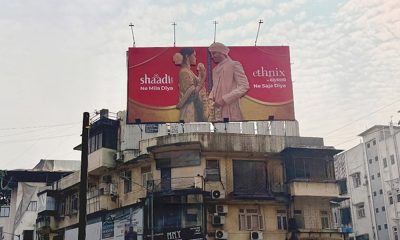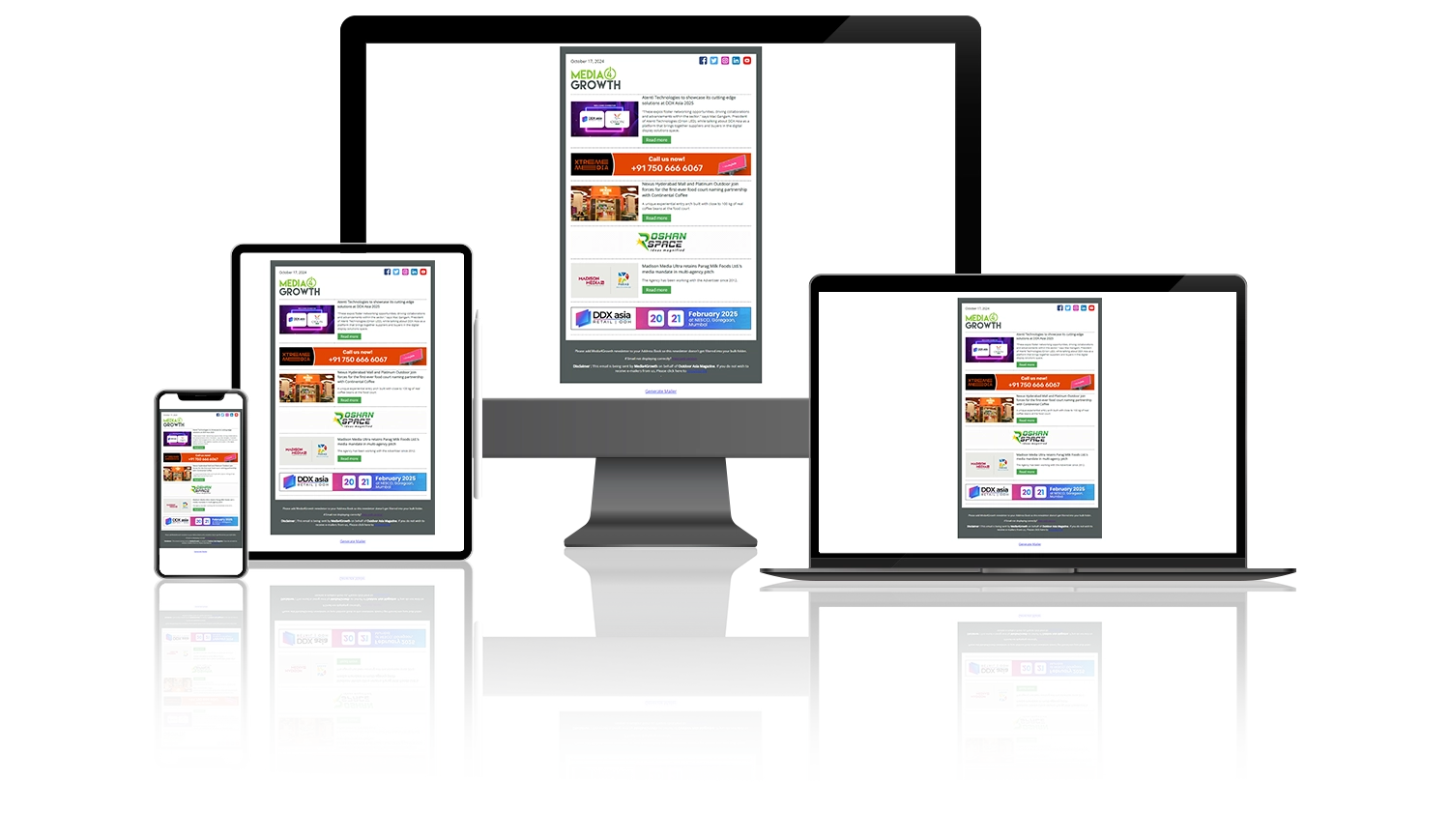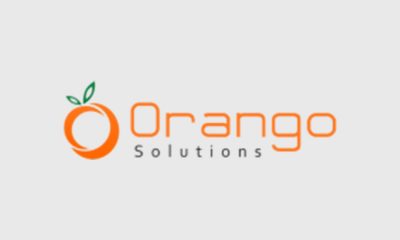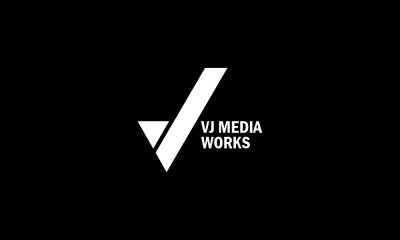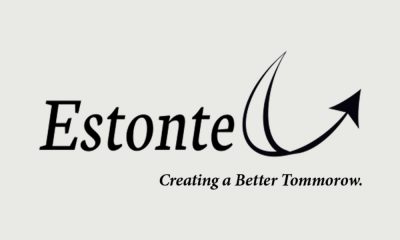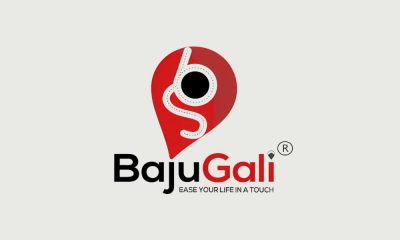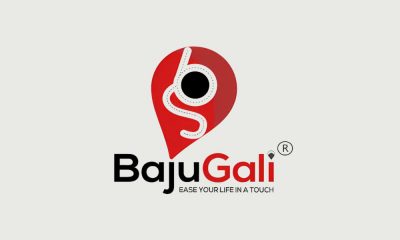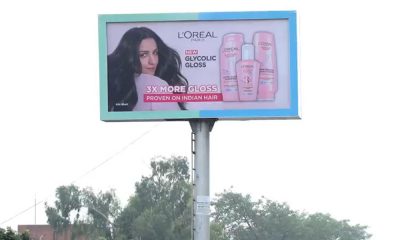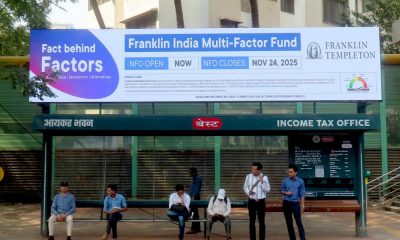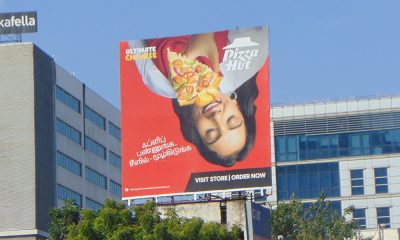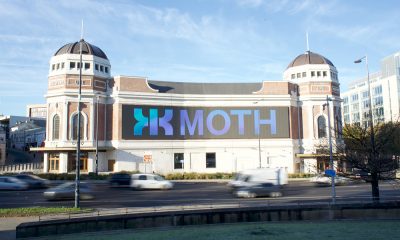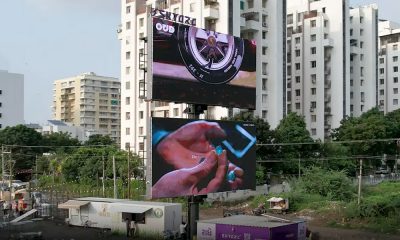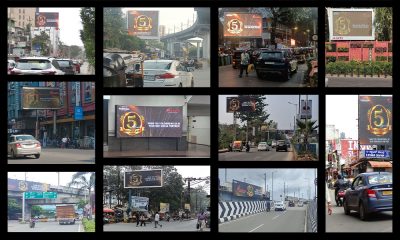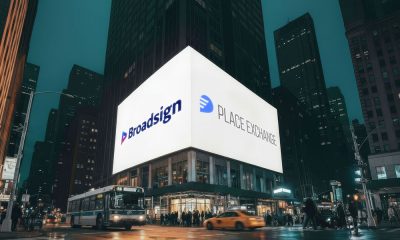OAC
‘DOOH is a powerful platform for thinking outside the box,’ says this panel @ OAC 2024
The panel discussion on the theme ‘Is DOOH ticking all the boxes for brands’ held on Day 1 of the recently concluded OOH Advertising Convention (OAC) 2024, had senior brand marketing professionals discussing the transformative potential and future of digital out-of-home (DOOH) advertising in India.
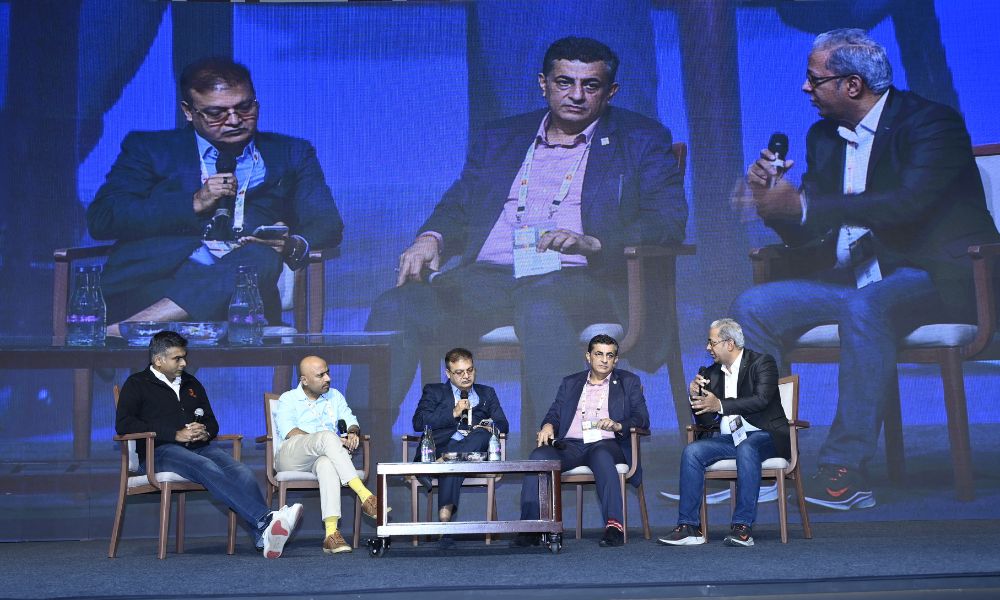
The panel discussion on the theme ‘Is DOOH ticking all the boxes for brands?’, held at the recent OOH Advertising Convention (OAC) 2024, charted the evolving landscape of digital out-of-home (DOOH) advertising. The session, moderated by Nabendu Bhattacharyya, Founder of Ideacafe.agency, featured insights from business leaders across various sectors. The panelists included Ashwath Swaminathan, Chief Growth & Marketing Officer at Swiggy; Ashish Morone, Sr VP and Head of Brand Marketing Communications at HDFC Bank; Rahul Tandon, Business Head (Industrial & Commercial) at Bharat Petroleum Corporation Limited (BPCL); and Pramod Patil, Sr VP and Head of Media at Kotak Mahindra Group. Together, they delved into the impact, challenges, and potential of DOOH advertising in India.
The growth of DOOH in India
The discussion opened with an overview of the rapid growth in DOOH infrastructure. Nabendu highlighted the fact that India had seen a significant increase in digital screens, from 70,000 to 200,000 within a year. Despite this growth, DOOH still represents only about 10% of the country’s out-of-home (OOH) advertising market, a stark contrast to the 40% in the United States and up to 90% in China. The panelists explored the reasons behind this discrepancy and the opportunities for growth in India.
The role of DOOH in the media mix
Ashwath Swaminathan emphasised that DOOH offers a unique dimension to traditional OOH advertising by providing dynamic, engaging content. He noted that while it adds a new layer of creativity, the effectiveness of any media, including DOOH, should be evaluated based on cost and impact. Ashwath stressed the importance of creating purpose-driven content that leverages the strengths of the medium.
Pramod Patil echoed these sentiments, pointing out that while DOOH is often included as part of broader outdoor plans, it requires more targeted attention to fully leverage its potential. He suggested that DOOH should not just be seen as a visual medium but also for its capacity to create significant impact through well-designed content.
Leveraging DOOH for targeted communication
Rahul Tandon discussed the specific applications of DOOH at BPCL’s retail outlets. With over 100 million daily footfalls, the potential for targeted communication is vast. Rahul explained how BPCL is transitioning from static to digital displays, using DOOH to communicate with diverse customer demographics at different times of the day. This approach allows for tailored messaging, enhancing customer engagement and promoting additional services.
Ashish shared a similar perspective, noting that in the BFSI sector, digital signage could be tailored to the specific needs of audience at various branches. This capability allows banks to customise communications, from business banking products in commercial areas to salary-related products in corporate zones, thereby maximising the relevance and impact of their messages.
The importance of creative content and programmatic buying
The panel also touched on the creative challenges and opportunities in DOOH. Ashwath highlighted an innovative campaign by Swiggy during the World Cup, where live events were linked with contextual advertising, showcasing the potential of real-time, dynamic content in DOOH. However, he cautioned against overemphasising contextual advertising, suggesting that the medium’s strength lies in maintaining brand visibility and delivering distinct messages.
On the topic of programmatic buying, Ashish expressed optimism about its potential to target specific cohorts effectively. He noted that while programmatic DOOH is still emerging, its ability to deliver tailored content could significantly enhance campaign effectiveness. However, he also acknowledged that the industry needs to develop a deeper understanding of DOOH’s creative possibilities to fully realize its benefits.
Challenges and the future of DOOH in India
Despite the promising developments, the panelists acknowledged that India still faces several challenges in fully adopting DOOH. Pramod pointed out that while the technology and infrastructure are advancing, there is a need for greater understanding and expertise in using these tools effectively. He called for a collaborative effort between media owners and advertisers to harness the full potential of DOOH.
The discussion concluded with a consensus on the critical role of content quality and relevance in the success of DOOH campaigns. The panelists agreed that as the medium continues to evolve, the industry must prioritize creating engaging, well-designed content that resonates with audiences. They also noted the potential for DOOH to work synergistically with social media, amplifying brand messages and enhancing overall campaign impact.
In summary, the panel at the OOH Advertising Convention provided valuable insights into the evolving role of DOOH in India. While the medium presents significant opportunities for targeted, dynamic advertising, it also requires a deeper understanding and strategic approach to fully leverage its capabilities. As the industry continues to grow, the collaboration between creative and media experts will be crucial in driving the next phase of innovation in DOOH advertising.
Advice to industry investors in DOOH
In the concluding remarks, each panelist shared their advice for industry stakeholders investing in DOOH. They emphasised the need for educating end-users, including manufacturers, brands, and marketing teams, on leveraging the medium effectively. Drawing parallels to the training provided by Facebook and Google in digital advertising, they suggested a similar approach for DOOH to help creative professionals design impactful campaigns.
Pramod stressed the importance of tracking and measurement, calling for innovative solutions like attention tracking to gauge engagement and effectiveness. He urged media owners to provide actionable insights and success stories to build confidence and encourage investment.
Ashwath and Ashish highlighted the necessity of a talent pool that understands DOOH to develop suitable creatives. They also emphasised the importance of demonstrating what the medium can achieve for brands, rather than focusing solely on the technology.
The panelists agreed that a collaborative effort is needed to address the challenges and unlock the full potential of DOOH in India. They encouraged media owners and agencies to work together to create a robust ecosystem that supports innovative and effective advertising strategies.
The session ended with an engaging Q&A, where panelists addressed audience queries on metrics, contextual advertising, and the potential of DOOH to drive creativity. The consensus was clear: DOOH is a powerful platform for thinking outside the box, and with the right approach, it can significantly enhance the advertising landscape in India.


